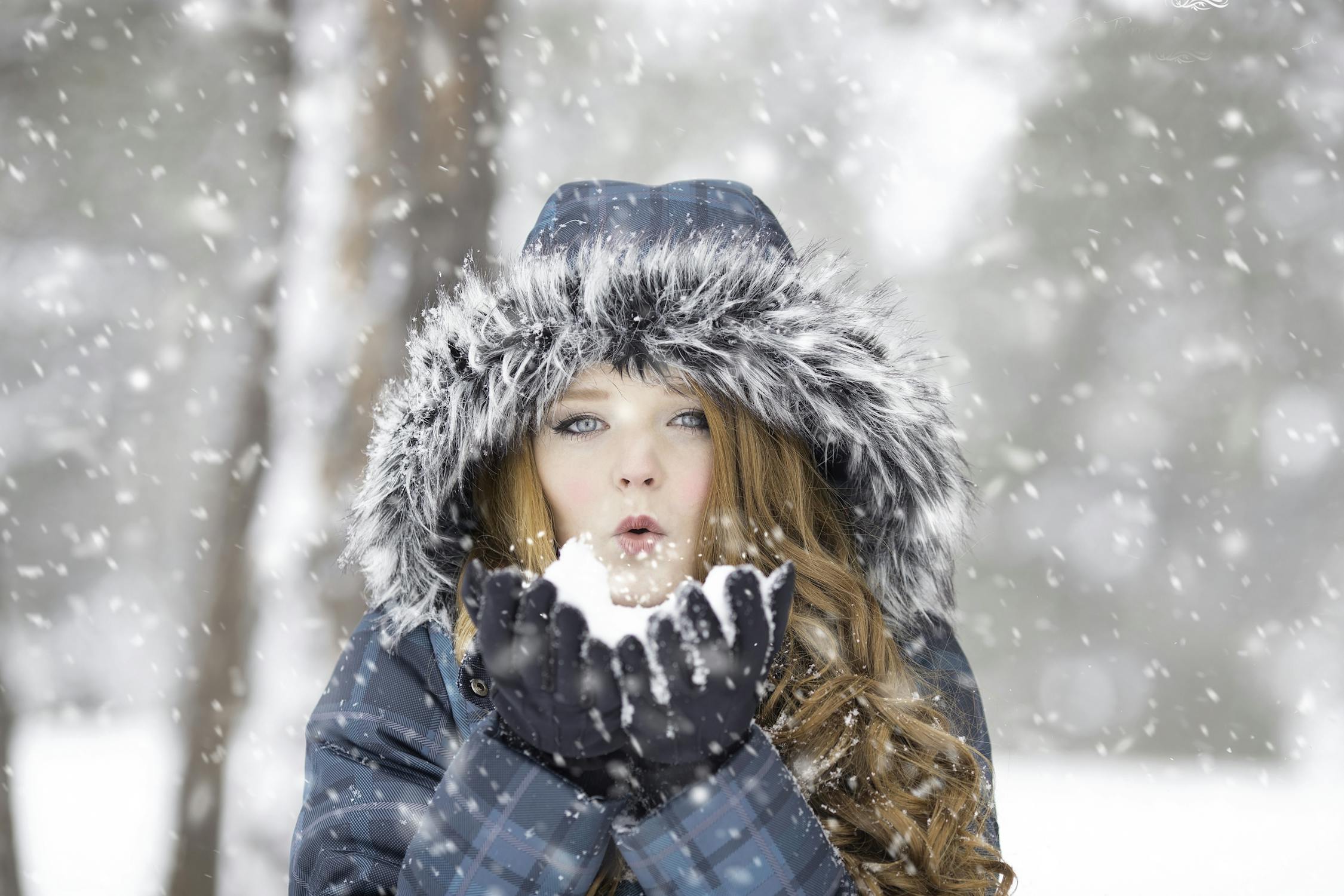It’s almost December and we’ll soon be in the depths of winter, with the prospect of some bitterly cold weather on the horizon.
As comedian Billy Connolly said: “There’s no such thing as bad weather… just the wrong clothing.” So what’s the best way to dress when the weather turn’s wintry?
 One way to find out is to ask an older person. In the days before central heating was the norm, people learned fast how to stay warm, both inside and outside the house. But at the risk of “teaching Grandma how to suck eggs”, here are 10 top tips for dressing warmly in winter:
One way to find out is to ask an older person. In the days before central heating was the norm, people learned fast how to stay warm, both inside and outside the house. But at the risk of “teaching Grandma how to suck eggs”, here are 10 top tips for dressing warmly in winter:
- Layer up: Wearing several thin layers of warm clothing is better than one or two thick layers. Warm air gets trapped between the layers and serves as insulation against the cold. If you get too hot it’s easier to take off a layer, or if you’re still cold, to add an extra one.
- Work from the ground up: Having well-fitting warm footwear is essential, both for warmth and safety. Indoors, use nice snugly-fitting slippers with a good quality non-slip sole. If you’re going out, choose practicality over fashion. A good pair of insulated, waterproof boots with a thick contoured rubber sole will keep your feet warm and dry and give you a better grip in slippery conditions.
- Sock it to ’em: Good warm winter socks will keep your feet nice and toasty. Again, you might want to layer up with a couple of pairs, but if you do, be careful your shoes aren’t too tight or it might restrict your blood flow! Natural wool is generally best for warmth, but good synthetic fleece socks might be a cheaper alternative. You can wear your socks in bed too if your feet get cold in the night.
- Wear a ‘base layer’: The foundation for layering clothes is to start with a good ‘base layer’. This is the layer next to your skin, and long underwear (such as ‘thermals’ or ‘long johns’) will cover more of it. Merino wool or silk products are among the best, but they can be expensive and there are synthetic alternatives. If you can’t find what you’re looking for, try ‘outdoor’ retailers or ‘workwear’ suppliers. Some base layer fabrics are described as ‘wicking’, which means they draw moisture away from the body to keep you warm.
- Use your head: It’s a bit of a myth that most body heat escapes through your head, but having anything exposed to cold air won’t help, so a good warm hat is a must. For outdoors you might want something waterproof. Ear flaps will help and you could even go down the balaclava route, or cover your mouth with a scarf so you’re not breathing in cold air. And remember, there’s nothing wrong with wearing a hat indoors – if it feels right, do it.
- Gloves are handy: Fingers and hands are especially vulnerable to the cold, especially if you have poor circulation, so keep them covered. Lined leather gloves, synthetic fleece or ski-type gloves are all good. Some people say mittens work better by not separating your fingers, and you can also buy stretchy thermal inner gloves, sometimes called ‘magic gloves’. Again, there’s nothing wrong with indoor gloves, where ‘fingerless’ varieties might be the best option, and if your hands grow cold overnight – bedgloves!
- Nice legs, shame about the base: Weirdly, many people will layer up on their top halves but only have a single layer covering their legs. As a minimum, opt for long underwear under trousers or slacks. Many men who work outdoors or do winter sports have discovered that ladies’ tights (usually the opaque 40 denier variety) make a great base layer. If it’s wet outside, add waterproof overtrousers.
- Warm and dry go hand in hand: Keeping dry is essential to keeping warm. If you’re going outside, it makes sense to wear a waterproof top layer, from head to foot. Some winter coats are described as ‘breathable’, which means they’ll keep the water out but you shouldn’t get uncomfortably sweaty wearing them. One of the best known brand names for this type of ‘technical clothing’ is “Gore-Tex”, but shop around, it can be expensive and there are alternatives. The ultimate ‘breathable wet weather protection’ is… an umbrella!
- Frosty wind made moan: Just like the wet, it’s vital to keep the biting wind at bay. You might hear the weather presenter say the temperature outside will be 2°c, but it will feel like -4. That’s due to the windchill factor, which makes it feel colder than it is Have you heard of a “lazy wind”? It’s too lazy to go round you so it goes straight through you instead. You can beat a lazy wind with a windproof outer layer. Most good waterproofs are windproof too.
- Plan ahead and dress appropriately: If you’re going to be working up a sweat, it’s possible dress too warmly. Try to match your clothing to the activity you’ll be doing, so you get it just right. This isn’t always as easy as it sounds. For example, a Christmas shopping trip might mean hopping from the cold outdoors in and out of overheated shops. Again, this is where layering comes into its own. Taking a layer on and off and on again might seem a faff, but you’ll feel the benefit. If you’re going to be inactive for a while, whether outdoors or indoors, it’s even more important to dress appropriately so that your clothes maintain your healthy body temperature, rather than your activity.
